Photographing Still life on a Black Background
There are lots of interesting ways of shooting products and still lives. Most product photos I’ve seen were shot on a white background. But some people choose to photograph products and still lives on black. There’s this one exceptional style where the subject in the photograph seems to float on blacks and shadows. Some people call it the drop out black style. It’s a very interesting style that draws the viewer’s attention to the isolated subject and that adds drama and impact to the photo.
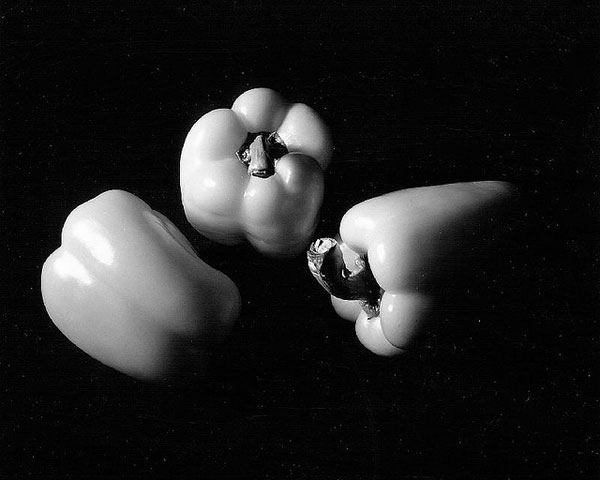
Photo by: Phipankov.com
This style can be easily done with the help of dodging and burning in Photoshop or Lightroom. But why should you choose to fake it when you can make it? Photographing still lives on a black background may seem a bit complicated especially when you’re shooting black on black, but if you know how to use your flash well the “drop out black” style can be pretty easy for you.
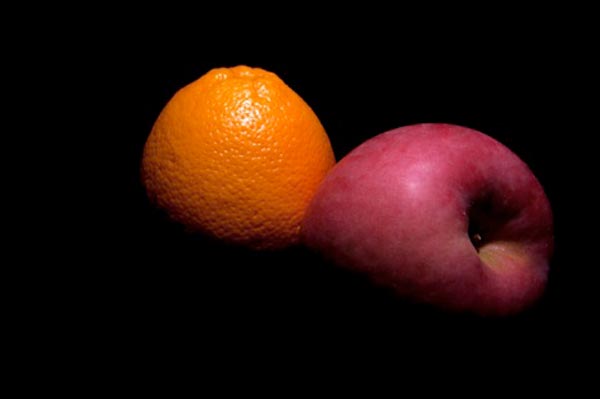
Photo by: Anna Altez
This article will show you how to shoot stunning still life and product photos on black by using the drop out black style. I have seen lots of people use fruits and vegetables, so I tried using a different subject.
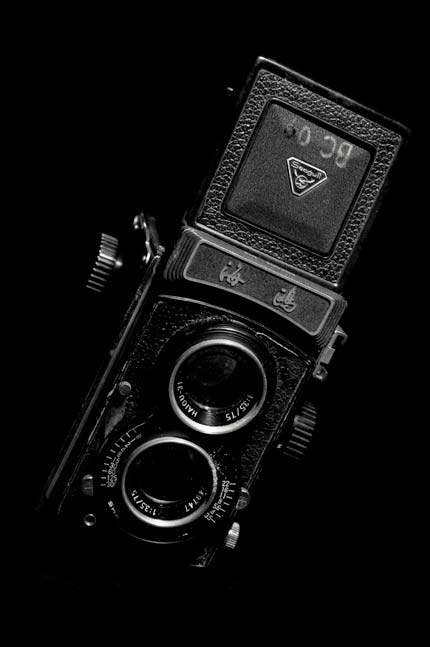
Photo by: Anna Altez
To achieve this shot, I used a black background and one studio light. I used black felt paper as the background. It is advisable to use materials that absorb light instead of the ones that bounce off the light. Use a cloth or black velvet instead of shiny or glittery papers. You can also use your flash if you don’t have studio lights or Speedlight.
The first thing I did was tape the felt paper on the wall and onto the table. I made sure that the felt paper didn’t have any dust or crease as it would definitely be seen on the photo. I placed the subject at the center of the table, 45 degrees to the right. The studio light was positioned above the subject 45 degrees vertically, like the setup and position of lighting for portraits when using the Butterfly Lighting Technique. The camera was positioned in the front, just on the same level as the subject. The light was set to its minimum power, while the camera was set to ISO 200, with the speed of 1/125 sec at f 4.8. You can also change the position of the camera and take various shots from different angles.
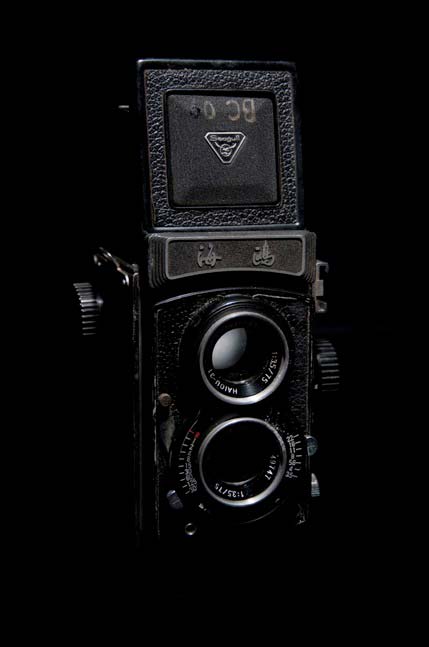
Photo by: Anna Altez
If you’re still getting reflections of light on your background you may try to move your subject farther away from the background. When you’re pleased with the setup you can start shooting and playing with your camera and flash settings.
If setting up is a hassle for you, there’s another option to achieve this kind of shot. And that is by positioning your subject as far as possible from any background, using your flash and using a small lens opening.
You can also try different subjects, such as flowers, small figurines, fruits, vegetables, etc. Sometimes the photo gives more impact when it is shot in Black and White, so don’t forget to try shooting in Black and White or Sepia, or you can shoot in color and tweak the photos in Lightroom or Photoshop afterwards.

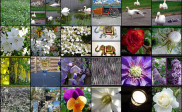


I have been trying this type of photography using a black cloth and had some quite good results. However, I have used natural lighting from the side. It is interesting how you have achieved your results with a flash, something I would never have thought of.
Nice info Sir… I am just a beginner. Got a good info.. thanks a lot..Keep posting .. 🙂